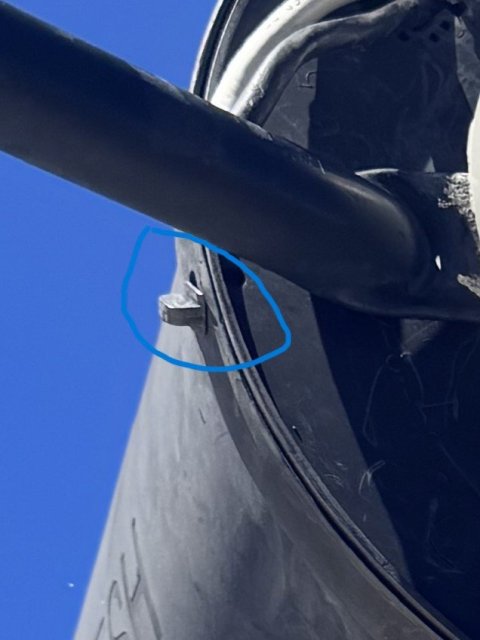I lost one pin that is used to hold the black lnb cover of a Unimesh 12 foot dish in its place. I am guessing the pin works with any Unimesh dish size cover.
These things are impossible to find.
Giving it a shot here to see if anyone has 1 or 2 spares they could sell me.
Thanks in advance
Jose
These things are impossible to find.
Giving it a shot here to see if anyone has 1 or 2 spares they could sell me.
Thanks in advance
Jose


